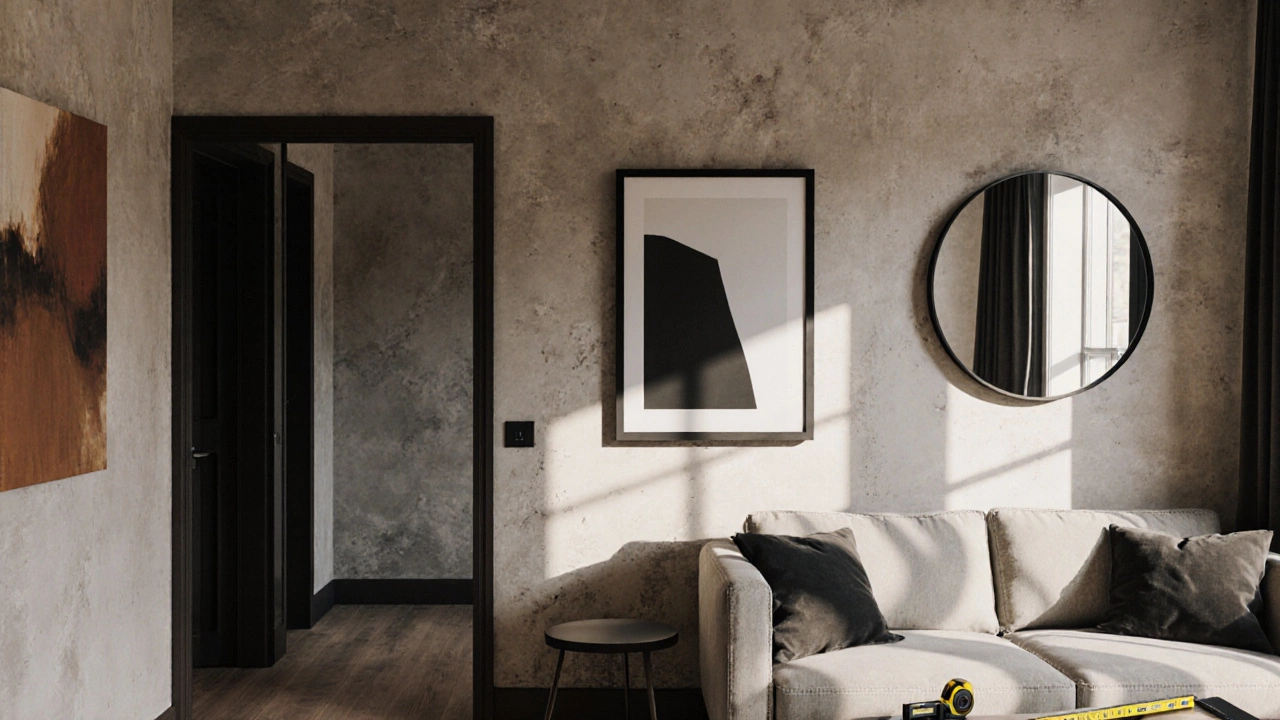Home Decor Guidelines
When working with Home Decor Guidelines, a set of practical principles that help you choose, arrange, and maintain décor elements in any space. Also known as decor rules, they simplify decisions, keep styles coherent, and boost resale value.
One of the biggest helpers is Interior Design, the art and science of shaping indoor environments to improve function and aesthetics. It provides the framework that turns a collection of objects into a livable, pleasing whole. Inside that framework, the color palette you pick sets mood, defines zones, and can even affect perceived space. Color Palette, a coordinated group of hues used throughout a room or home acts like a visual glue, linking furniture, walls, and accessories. Meanwhile, Lighting, the strategic placement of natural and artificial light sources shapes how colors read and how textures feel; bright, layered lighting can make a modest space feel upscale. Finally, Furniture Selection, choosing pieces that balance size, style, and function anchors the room, determines flow, and influences comfort.
Why Clear Guidelines Matter
Home decor guidelines encompass color palette selection, lighting strategy, and furniture arrangement. They require an understanding of spatial proportions, material durability, and personal taste. When guidelines are followed, the result is a cohesive look that feels intentional rather than haphazard. For example, using the 60‑30‑10 rule (60% dominant color, 30% secondary, 10% accent) connects the color palette to furniture upholstery and decorative accents, while layered lighting—ambient, task, and accent—highlights those colors correctly.
Another semantic link is that effective interior design influences lighting choices. A room with high ceilings and large windows may rely more on natural light, whereas a compact apartment benefits from recessed LEDs and wall sconces to avoid clutter. Similarly, the choice of furniture impacts floor covering decisions; a sleek, low‑profile sofa pairs well with timeless flooring options like hardwood or large‑format tiles, keeping the visual weight balanced.
These guidelines also help you avoid common pitfalls. Over‑matching curtains and upholstery can make a space feel static; mixing textures and varying scales adds depth. Ignoring traffic patterns leads to cramped walks; planning furniture placement around the natural flow preserves usability. By grounding each decision in the core entities—interior design, color palette, lighting, and furniture selection—you create rooms that not only look good but also work well for daily life.
Below you’ll find a curated list of articles that dive deeper into each of these areas. From figuring out the perfect cushion size for your sofa to mastering the modern dark‑furniture trend, the posts cover both timeless fundamentals and the latest 2024‑2025 ideas. Whether you’re refreshing a single bedroom or tackling a full‑home makeover, these guides give you actionable steps and real‑world examples to apply the home decor guidelines we’ve outlined.
Wall Decor Rules: A Practical Guide to Hanging Art & Styling Your Space
- Gavin Whitaker
- |
- |
- 0
Learn the essential wall decor rules to hang art, mirrors, shelves, and murals with confidence. Step‑by‑step tips, tools, and common pitfalls covered.
View more